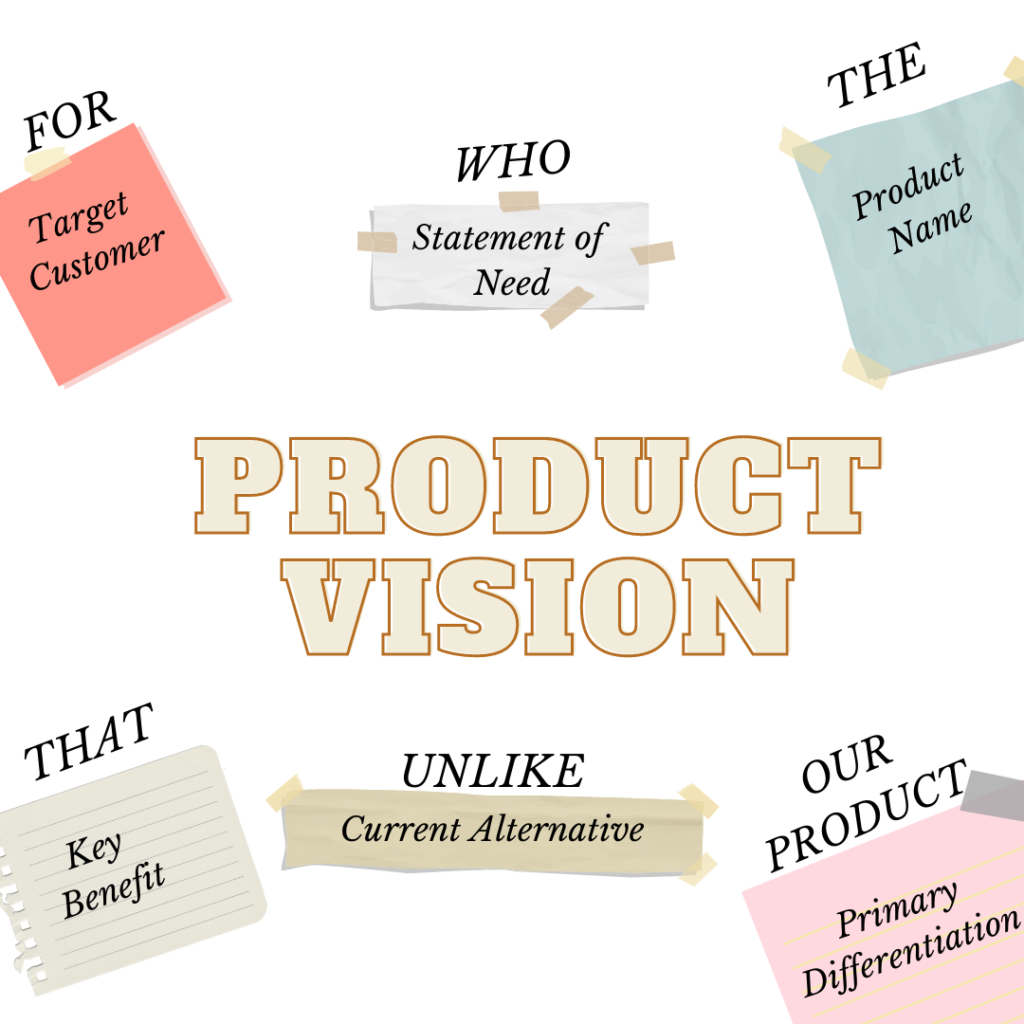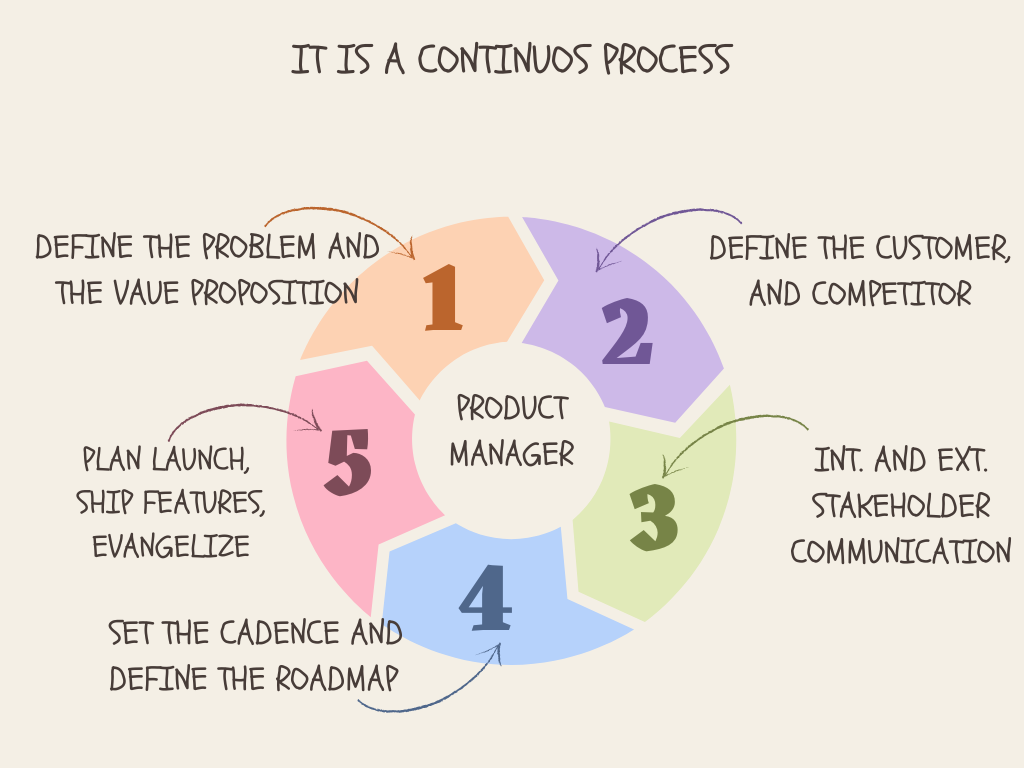Do you see the house below?

Well, imagine you are asked to build this.
What’s the size of the house? How many windows should we have? Wooden roof or steel? Should we use cement? Or perhaps eggshell? Which wall should we build first? Who would do the carpentry? Can we raise the basement in 5 weeks?
Whoa, hear those questions!
That’s what Product Managers do day in and day out. They help you with all the questions. But is that all?
Of course not. Before diving into product management, let’s get into the fundamentals to understand the bigger spectrum of things.
What is a product?
A product is a physical or virtual thing that satisfies the customer’s need or want. The business model is “build once, sell many times.” Put differently, it is built with the core idea to commoditize a unique value without any bespoke approach to building or selling. The brand promise is the same for every customer. Whereas service takes the route of addressing a customer problem with customized building and selling, offering client-specific solutions.
Now driving back to the nub, product building starts with the vision.
What is a Product Vision?
Product Vision is the north star of what the product should be with the sequence of whys figured out. Well, this happens on a higher leadership table consisting of the C-suite and board members. And, from the sprouts of the vision comes the product strategy, which answers the question ‘how.’

What is a Product Strategy?
Product strategy defines how you are going to achieve the vision. The VP of Product shapes the product strategy from the vision. Generally, in small organizations and startups, where there is no VP or Head of Products, the first product manager works on it and gets iterated by all the stakeholders to achieve resonance with the target market.
What is a Product Plan?
Once the product strategy is defined, and we try to break down the ’how,’ we start seeing the challenges. The challenge put into measurable objectives is your product plan. Often the terms product strategy and product plan are interchangeably used. But the difference can be explained as breaking down the strategy to translate them into actions. This is where most of the product managers come in.
What is the origin of Product Management?
Product management as a role has its roots in “Brand Man,” orienting to brand managers, traced back to the letter written by Neil H. McElroy at Procter & Gamble to hire new people. These people would own the responsibility that ranges from shipment, sales, and promotion to managing the development and “getting everybody on the same page” (probably something that has not changed even now!)
But the role has evolved a lot since the advent of tech. Product management focuses on putting the customer as the cornerstone and guiding each stakeholder involved in the entire lifecycle of a product.
What does a Product Manager do?
The product manager sits at the intersection of Business, Technology, and UX. Often referred to as the CEO of the Product, they weed out the ambiguity to align the team and conflate the ideas to define, decide and ship the product. They act as an evangelist to sell the vision. Depending on the stage of the product, the role of product management differs in different organizations. Nevertheless, Product Management is a continuous process of discovery, alignment, and execution.

Who’s on the team?
The core team consists of Designers, Developers, Engineers, Quality Analysts, Business Analysts, Product Operations, and Product Owner. The extended team includes sales, presales, marketing, and customer success for the crossover involved in shipping it into the market, generally called “Go-to-market.”
What are the core responsibilities of a Product Manager?
- Define the strategy, and build the roadmap.
- Articulate and brainstorm the roadmap to action plans
- Define product features, requirements and manage product releases.
- Devise product development plan.
- Collaborate with Go-to-Market teams for implementing GTM strategies.
- Validate the product and features through research, customer interviews, etc.
What are the success metrics?
A product manager’s KPIs (Key Performance Indicators) lie in the product’s metrics. Product managers measure product success through these metrics that signal where the hurdles lie. This is further used to make informed business decisions to align the product to goals. Goals vary based on what you are trying to achieve.
Goals for an early-stage product trying to achieve the product-market fit might vary from the goals of those products that want to decrease the customer acquisition cost. Hence the understanding of success differs from product to product, based on the product maturity, type, industry, and market. However, figures about revenue, customer acquisition, and user engagement give an indicative signal in whichever the case.
Epilogue
Product management as a role is a continuous process of discovery and iteration and is not a clean slate. But the ambiguity and the chaos give you the wings to explore and untangle the mysteries (read miseries) that can touch a million lives. If you are new to product management, watch this space for more updates. Oh, and we’re hiring.




